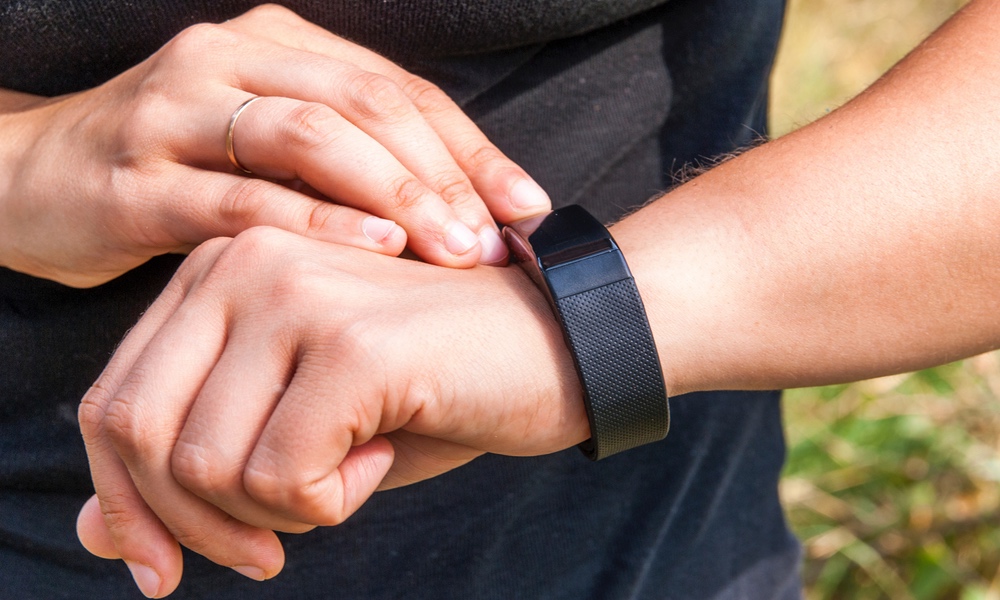Activity monitors were a popular gift this holiday season. You may be feeling healthier already. But don't expect that simply wearing one is a ticket to better cardiovascular health and weight loss. You need to have a plan.
Trackers can make a big difference in your activity levels, and this can help you lose weight and improve your heart rate. But they don't improve fitness automatically, as a recent study makes clear. “To make activity trackers effective, users need to set a specific goal and stick with it,” Luke Burchill, an author of the study and an assistant professor of cardiovascular medicine at the Oregon Health Sciences University School of Medicine, said in a statement.
More than 400 mostly white-collar workers strapped on activity monitors and were followed for six months. The study participants' steps were tracked every minute with an activity monitor worn on their wrists. Most of the people wearing the trackers in the study — 57 percent — thought their activity had increased, but in reality participants' mean number of steps per day decreased over the course of the study. Their cardiac risk factors also remained largely unchanged.Most of the people wearing the trackers in the study — 57 percent — thought their activity had increased, but in reality their number of steps per day decreased over the course of the study.
The monitors used in the study had accelerometers that measured motion up and down, side to side and front to back. They also had a sensor to count heartbeats. In addition to checking step-counts, the researchers measured participants' cardiac risk: their body mass index, cholesterol, blood pressure and their three-month average of blood sugar.
To get the most out of your activity tracker, Burchill recommends you set goals in line with your fitness level and health needs in consultation your primary care physician.
The study is published in the British Journal of Sports Medicine.





